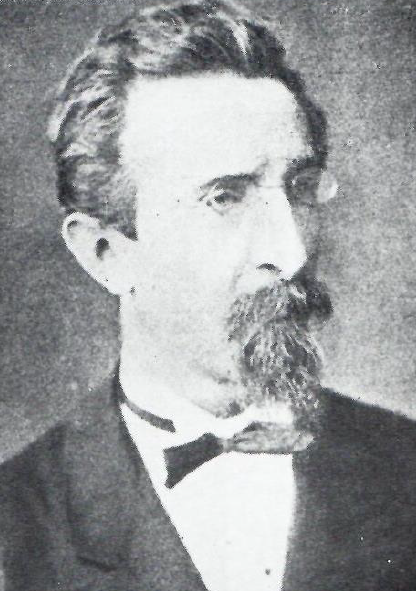.jpg)
The first formally educated Croatian geologist, professor, and academician, was the first rector at the University of Zagreb from natural sciences and the first Croatian professor at the then Department of Natural Sciences and Mathematics. He studied at the Faculty of Natural Sciences in Brussels, where he received his doctorate in 1868 and received the title of assistant professor a year later. In 1875, he became full professor at the University of Zagreb, full member of the Yugoslav Academy of Sciences and Arts, and director of the Department of Mineralogy and Geology of the Museum of Natural History in Zagreb. His lectures on geology and mineralogy, held on 21 April 1876, officially marked the beginning of teaching science and mathematics at the University. He served as dean during two terms, and after his term as Rector (1884/1885) he was vice-Rector for the following academic year. Pilar was the co-founder of the Croatian Mountaineering Society (1874) and the Croatian Natural History Society (1885) as well as its first vice-president. At the University, he taught mineralogy, petrography, geology, palaeontology, and for a while astronomy (1886-1887 and 1890-1891). Pilar was a very versatile geoscientist: he worked on the Dinaric Karst anhydrous and in fact laid the foundation for karst hydrogeology.

 Pristupačnost
Pristupačnost












.PNG)

